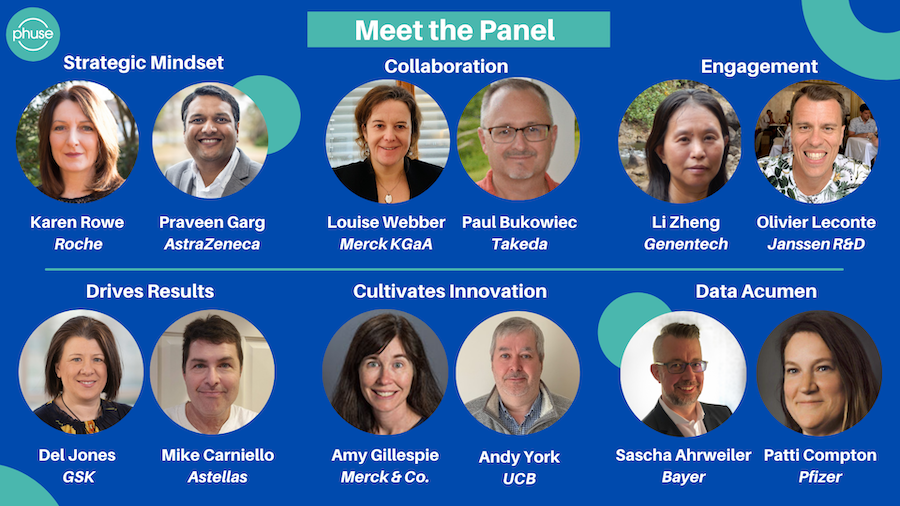Recent years have seen statistical programming rapidly evolve. Today, statistical programming is way more than an appendix of a statistical function which provides static tables, listings and figures for clinical study reports. There are two major streams which have influenced the speed of this evolution: the regulatory environment and digital transformation.
New drug application submissions at global regulatory agencies such as the US FDA, the Japanese PMDA or the Chinese NMPA require well-defined data standards following the CDISC SDTM and ADaM specifications. In many companies, statistical programming functions have become the data hub and provide regulatory-compliant data packages following these formats. Statistical programmers are involved in the definition of these standards through CDISC and collaborate with groups such as PHUSE or TransCelerate to close the gaps on implementation.
Digital transformation on the other hand has led to an ever-increasing amount of data and new digital data sources, such as wearables and devices. These new technologies have found their way into the pharmaceutical sector and require specific skills to increase data insight. Statistical programming has transformed from being a support function of statisticians to collaborating with many other functions to operationalise and streamline the use of new technology. While static tables, listings and figures are still required by regulatory agencies, dynamic visualisation and reporting tools help to manage the information gathering from massive amounts of data.

The two big influencing factors mentioned above and the consequences as a result of these changes require leaders of statistical programming functions to be able to adapt to changes and develop their teams towards these new requirements. But what are the competencies a leader of a statistical programming function needs to have to cope with these changes?
A group of industry thought leaders met and tried to answer this question. Back in 2019, Olivier Leconte (Global Head Statistical Programming at Janssen Research & Development) brought together his industry peers in a pre-competitive setting to discuss the challenges described above. The heads of the Top 30 pharma companies founded the Statistical Programming Head Council (SPHC) and agreed to meet at least twice a year to discuss industry and functional relevant topics. PHUSE continues to support the SPHC, for example with a Microsoft Teams channel to enable global collaboration and communication support.
During the course of 2020, Louise Webber (Head of Statistical Programming at Merck KGaA until April 2021) and James Gallagher (Head of Statistical Programming at Novartis until February 2021) led a subgroup of their industry peers to discuss the competencies a leader of a statistical programming function needs to drive changes in their function. They agreed that the following skills are of critical importance to be successful:
1 – Strategic Mindset
2 – Collaboration
3 – Engagement
4 – Drives Results
5 – Cultivates Innovation
6 – Data Acumen
But what exactly do these six core competencies mean and how does one acquire these skills? Twelve brave industry professionals tried to answer these questions in a series of six video podcasts, which PHUSE will share via its various channels.

Accompanied by a short blog, there will be two podcasts a month from April until the US Connect event in June. Be sure to sign up to the PHUSE YouTube channel so you don’t miss exclusive insight from industry thought leaders sharing their specialist knowledge and expertise.
